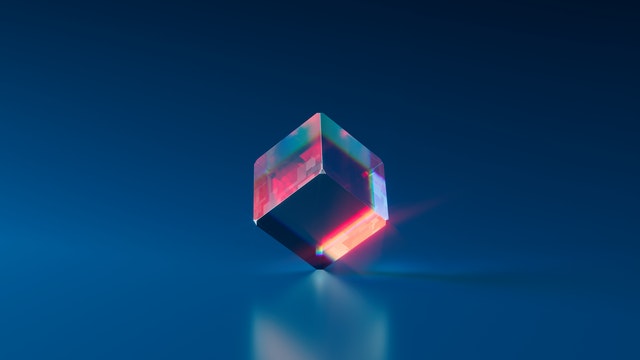What are Non-Fungible Tokens:
- Non-Fungible Tokens (NFT) are units of data that are stored on a blockchain. Non-fungible means they cannot be replaced by another identical item, which means they are unique.
- For example, if an artist wants to sell his/her digital art online, he/she can convert it into NFT and then can sell it. People can buy this artwork using cryptocurrency. Buying digital artworks as NFTs will ensure that they are the official owners. They can sell it for a higher price to another person. So, there will be only one official owner for the NFT at a time.
- Any digital work can be converted into NFTs. Music, video clips, images, URLs, tickets and virtual lands in metaverse are a few more examples of the things that are being converted into NFTs.
- Ethereum was the first blockchain to support NFTs. That’s why the Ethereum blockchain is mostly used for NFTs. Now many other blockchains are adding support for NFTs due to their increasing popularity.
The present situation:
- People are buying and selling NFTs through NFT marketplaces. At present, most NFTs are digital arts.
- Cryptocurrencies like Bitcoin, Ethereum cannot be used for regular purchases. Only a few platforms such as Xbox games, Overstock are accepting cryptocurrencies for purchases. At present, cryptocurrencies are mostly used for trading. So, people who own cryptocurrencies got something to buy – that is NFTs. So, several NFTs were sold for millions of dollars. For example, a Nyan cat gif that was converted into NFT was sold for $58000 in February 2021. Another example is the first tweet by Jack Dorsey, the CEO of Twitter was sold for $2.9 million. In August 2021, clip art of rock was sold for 400 ether, which means $1.3 million.
- Some people opine that they are digital assets. Several people who are buying NFTs are saying that they bought these as an investment in the hope that their value will increase in the coming days.
Benefits of Non-Fungible Tokens:
- NFTs help artists to sell their paintings, music etc. for a good amount of money, which may not be possible before NFTs.
- Even though at present NFTs are mostly used to sell digital artworks and video clips, they can be used for a variety of purposes such as storing valuable documents etc.
The problems with Non-Fungible Tokens:
- The copies of digital artworks, which were sold as NFTs are available online and everyone can see them for free. So, it seems illogical to buy these NFTs.
- Whenever an NFT was sold or bought, the transaction consumes lots of electricity. This huge energy consumption is a serious issue because we are already fighting against climate change.
- In the hope of becoming rich, many people are burning money to buy overhyped digital arts. Many will lose money when people lose interest in buying these NFTs. Some people are saying that NFTs are a bubble that is going to burst.
- The NFT sector is largely unregulated.
- Hackers are stealing NFTs. And they are also stealing cryptocurrencies by sending malicious NFTs. Recently, hackers stole $150k worth of crypto from Twitch co-founder’s Fractal NFT project.
The future of Non-Fungible Tokens:
- The technology has a lot of scope to store and transfer digital assets.
- The NFTs are still new and the technology is still in the initial stages. So, with the new innovations, the energy consumption of NFT transactions may also be reduced. And the usage of NFTs may increase.
Conclusion:
Non-fungible tokens are unique pieces of data that are stored on a blockchain. Digital art, music, video clips, tickets are a few examples of the digital assets that are being converted as NFTs. Some people think that this is a bubble that will burst and some people think that NFTs will drive the digital economy. The technology is still in the initial stages, so we have to wait and watch how it evolves.
Your Turn…
What are your thoughts on Non-Fungible Tokens? Express your point of view through the comment section below. And subscribe to our blog to read answers to the trending GD topics.
Photo by Rostislav Uzunov from Pexels
References:
Copyright @ Group Discussion Ideas.

